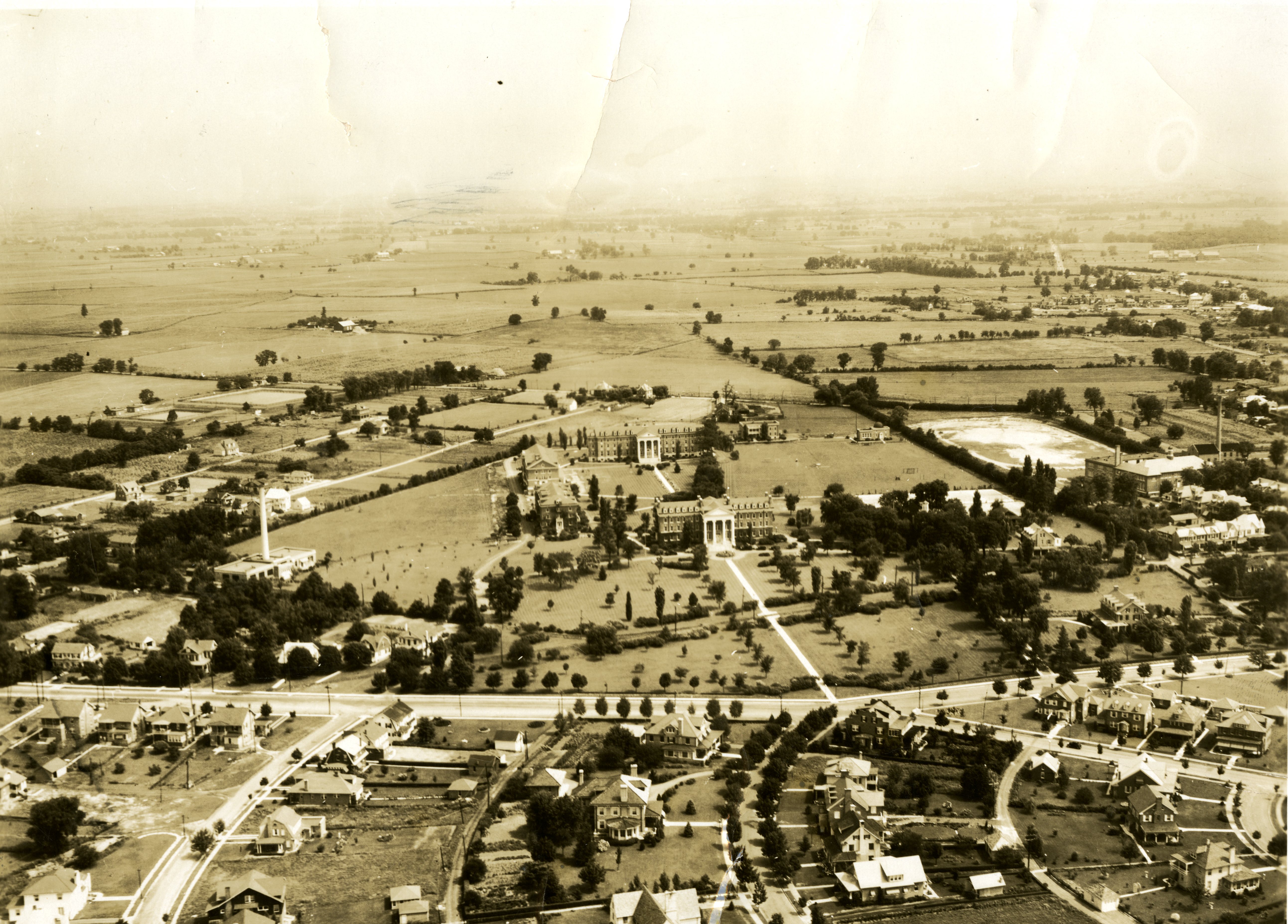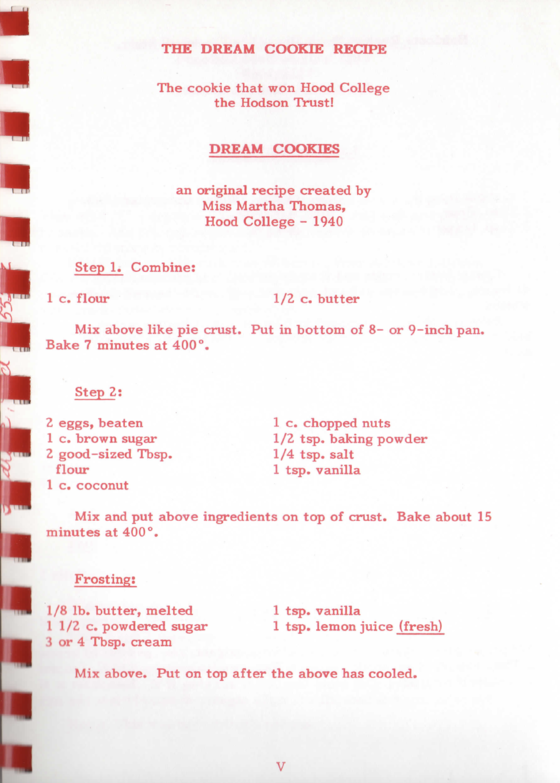Flat Tires and Dream Cookies | Hood Magazine, Spring 2024

Could The Hodson Trust's legacy of giving to Hood have started with a cookie recipe?
How The Hodson Trust Chose Hood
Thomas S. Hodson (1837-1920), a Maryland politician and newspaper owner, was a man of many talents who highly valued education. Near the end of his life, in 1920, he settled The Hodson Trust with funds provided by his son Col. Clarence Hodson. The Trust was created to finance a new university or, if that did not prove to be viable, fund existing educational institutions.
Why Hood College was chosen as one of four beneficiaries of The Hodson Trust is unclear. Little explanation readily exists, and it does not make sense on the surface. At the time, Col. Hodson and his wife lived in New Jersey, and he commuted to New York City for work. How Hood was discovered by the Hodsons might have come down to a flat tire and a cookie recipe.
According to the Baltimore Sun, the popular story about Washington College being named a beneficiary of the Trust occurred when Col. Hodson had a flat tire in front of the college, and students and faculty helped him change it. Sally Hynson Hopkins, Hodson’s granddaughter, believes this story is true but thinks the flat tire may have actually happened at Hood College.
Several sources suggest that the Hodsons came across Hood’s campus during a trip through western Maryland in the 1920s (when their tire may or may not have gone flat). Seeing the College in the 1920s must have been impressive. Alumnae, Shriner and Brodbeck Halls stood tall at the end of a long drive, interrupted only by the trolley tracks. Hood’s new campus was extremely active— between 1922 and 1925, four buildings were constructed to add to the seven existing buildings, so institutional growth was clearly evident.
The College farm lay beyond these buildings, and the Catoctin foothills rose past farmlands to the west. Students travelled between the new campus and Winchester Hall for classes and dorm life, and many rode on horseback to Camp Raudy in the foothills for weekends away. As a thriving women’s college experiencing fast growth in a historically significant city in the middle of rural central Maryland, the campus must have appeared vibrant.
In 1928, Col. Hodson died suddenly from a heart attack. Lillian Brown Hodson, sharing her husband’s interest in education and philanthropy, subsequently became involved with The Hodson Trust. The four schools selected to receive funds from the Trust were Hood College, Washington College, Johns Hopkins University and St. John’s College. The selection process itself was internal and quiet.
The first gift to Hood was given in 1936 to finance the Hodson Outdoor Theater in Col. Hodson’s memory and may have been thanks to a marvelous batch of fresh-baked cookies. The cookie recipe story comes from a letter written by Martha Pease Gamble ’42 to Martha Church, Ph.D., Hood’s seventh president. According to the letter, Lillian Brown Hodson visited with President Henry Stahr and his wife in 1934 or 1935 for a campus tour and tea. Campus dietitian Martha C. Thomas oversaw home economics students and served tea and cookies to the group.
Mrs. Hodson left without any comment about Hood, but she sent a chauffeur back later in the week to request the recipe for the cookies that were served. They were called “dream cookies,” and the recipe was Thomas’ own. Within a year, Hood received its first gift from The Hodson Trust. Thomas liked to think it came in part due to her cookie recipe! The recipe was published several years later in her cookbook along with the story.
The Dream Cookie Recipe

Are you ready to say Hello?
Choose a Pathway
Information will vary based on program level. Select a path to find the information you're looking for!
